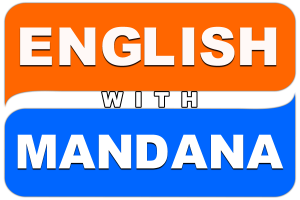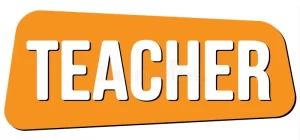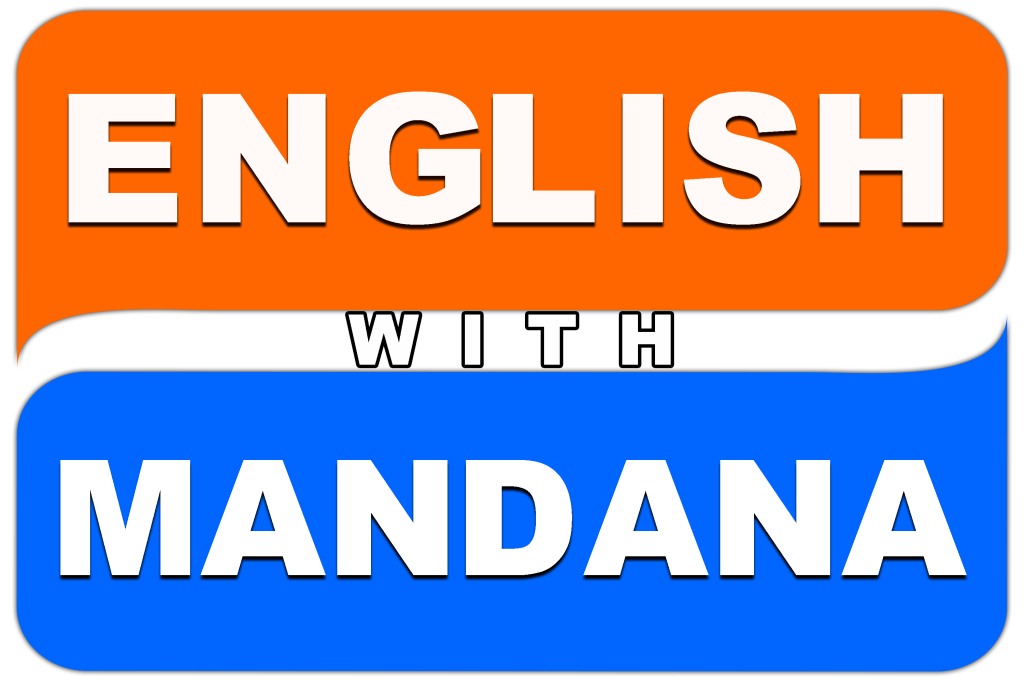روش تدریس تمایز بین صداها
در مقاله قبل به موضوع چگونه به دانش آموزان کمک کنیم لغات انگلیسی را به خاطر بیاورند؟ پرداختیم و در این مقاله قرار هست در مورد Distinguishing between sound صحبت کنیم.
مدرسان عزیز حتما قبل از کلاس که لسن پلن(برنامه کلاسی) خود را می نویسید، تلفظ کلماتی را که برای خودتان جدید است را چک کنید . یک دسته بندی از این لغات برای خودتان داشته باشید . گاهی با لغاتی رو به رو می شوید که تا حالا اصلا به گوشتان نخورده است مانند یکی از دهکده هایی که در یک کشور دور افتاده قرار دارد، یا یک جاندار سلولی که علم و آگاهی از آن را ندارید . این مهم است که شما به عنوان معلم از این لغات مطلع باشید .
به یاد داشته باشید با توجه به Distinguishing between sound زمانی که شاگردان توجیه شوند که در تلفظ کلمات مشکلی ندارند، استرس آن ها برای صحبت کردن به حداقل می رسد ، اعتماد به نفس پیدا می کنند.
:Distinguishing between sound
Before we can expect students to say sounds correctly,
they need to be able to hear them the students from home language can sometimes make this difficult.
تمایز بین صدا أر روش تدریس تمایز بین صداها
قبل از این که از دانش آموزان انتظار داشته باشیم صداها را به درستی بگویند. باید متوجه این باشیم که آن ها نیاز دارند چیز هایی که دشوار است را بشنوند.
:Same letter, different sound
The students hear a list of words which all contain
the same letter, they have to write them in the correct column, depending on their sound.
حرف مشابه ، صدای متفاوت:
دانش آموزان لیستی از کلماتی را می شنوند که همه آن ها دارای حرف مشترک هستند ، باتوجه به صدای آن ها باید کلمات را در ستون صحیح بنویسند.
:Same sound, different letter
The students hear a number of words which all have the same sound they have to say what the sound is, underline it in each word and then list the difference between the spelling of which the sound has.
صدای مشترک ، حرف متفاوت:
دانش آموزان تعدادی از کلمات را می شنوند که همه آنها صدای یکسانی دارند و می گویند صداها چیست .
در هر کلمه آن را زیرنویس می کنند و سپس تفاوت بین املای صدا را ذکر می کنند.
:Minimal pairs
The students see pairs of words (minimal pairs), which differ in only one sound. Listening to the words on their own help students to focus on the sound.
جفت های حداقل:
دانش آموزان جفت کلمات (حداقل جفت) را می بینند که فقط در یک صدا تفاوت دارند.
گوش دادن به کلمات به خودی خود دانش آموزان را به تمرکز روی صداها وا می دارد.
:Same sound rhymes
The students have to draw lines to connect words which have the same vowel sounds.
قافیه های صدا:
دانش آموزان با کشیدن خط ، کلماتی را که دارای صداهای مصوت یکسان هستند، به هم وصل می کنند.
:Odd one out
The students hear a list of words and they have to say which is the odd one out on the basis of sounds.
عجیب و غریب:
دانش آموزان لیستی از کلمات را می شنوند و می گویند کدام یک با بقیه از نظر صدا فرق دارد.
:Sound and grammar
when we are teaching grammar, such as past tense ed Endings, the plural ‘s’ or the third person singular of the present simple.
we can do all the students attention to the different sounds of the morphemes.
The students have to listen and put the verbs in the correct columns.
صدا و دستور زبان:
هنگامی که ما در حال آموزش گرامر هستیم ، مانند جملات زمان گذشته که انتهای آن ها ed دارد، S جمع یا جمع سوم شخص می توانند مضامین باشد که دانش آموزان به صداهای مختلف تلفظ می کنند. دانش آموزان باید گوش دهند و افعال را در ستون های صحیح قرار دهند.
Distinguishing between sound
: Tongue twister
Some teachers like to give their students tongue twister: sentences which are difficult to say quickly : even if students and teachers are not very keen on tongue twisters, it is often a good idea to invent students for our students to say which have a lot of the sounds we want them to practice.
کلمه یا عبارت دارای تلفظ دشوار:
بعضی از معلمان دوست دارند که به دانش آموزان خودTongue twister را بدهند: جملاتی که گفتن آن ها پشت سر هم و سریع سخت است.
معلمان و دانش آموزان چندان مهارتی در گفتن تانگ توییستر ها ندارند، اما استفاده از آن ها در کلاس برای تمرین صدایی که مورد نظر ماست ایده ی خوبی است.
Distinguishing between sound
:Your pronunciation
When the students have a list of words at the end of a unit for example. they have to underline the sounds that they personally find difficult. They have to find these words in a dictionary and practice saying them correctly. Not all students have the same sound problems. we need to encourage each individual to recognize their own strange and weaknesses.
تلفظ شما:
دانش آموزان در انتهای هر درس لیستی از کلمات را جمع آوری می کنند. مسلما آن هابر صدا هایی که برایشان سخت بوده، خط کشیده اند، آنها باید این کلمات را در یک فرهنگ لغت پیدا کنند و لغات را با تلفظ صحیح تمرین کنند. همه دانش آموزان مشکلات صوتی یکسانی ندارند. ما باید هر فرد را تشویق کنیم تا نقاط ضعف خود را بشناسد.
:Hearing stress and intonation patterns
The main objective when teaching stress and intonation is to develop the students ability to hear where the stress falls in the word and phrases so that their listening and speaking skill improve. we want them to understand why speakers use certain stress and intonation patterns what they mean. We want them to be able to vary their own stress and intonation so that they can express a variety of meaning and emotions when they want to.
استرس شنوایی و الگوهای شنیدن:
هدف اصلی در هنگام آموزش لهجه و استرس، رشد توانایی دانش آموزان در شنیدن محل استرس در کلمه و عباراتی است تا درمهارت گوش دادن و صحبت کردن آنها بهبود یابد. ما می خواهیم آنها بدانند که چرا گویندگان از الگوهای استرس استفاده می کنند و بتوانند با استفاده از این استرس ها و لهجه ها احساساتشان را بیان کنند.
Word stress: syllable and stressed syllables
Students at intermediate level hear a list of words.
they have to write each one in the following table in the column which has the correct stress pattern.
The student then say the word and think of/ find other words with the same stress pattern.
استرس کلمه: هجا و استرس هجاها
دانش آموزان در سطح متوسط لیستی از کلمات را می شنوند.
آنها باید هر کدام را در جدول، در ستون هایی بنویسند که دارای الگوی استرسی صحیح است.
سپس دانش آموز کلمه را بیان می کند و به همان الگوی استرس فکر می کند/ پیدا می کند.
Distinguishing between sound
Sentence stress: stress and meaning
student at the intermediate or upper intermediate level Harris sentence said in a different way. they have to match the sentence with 4 possible responses that a listener might have.
استرس جمله: استرس و معنی
دانش آموز در سطح متوسط یا بالاتر جملات را متفاوت می شنوند. آن ها باید چهار جمله را با یکی از پاسخ های احتمالی که شنونده دارد مطابقت دهند.
?Question, exclamation or answer
The students hear the following phrases and they have to put a full stop and exclamation mark or question mark depending on what they hear.
سوال ، تعجب یا جواب؟
دانش آموزان جملات را می شنوند و با توجه به طرز بیانی که می شنوند علامت های تعجب و سوال را قرار می دهند.
?Bored, interested or surprised
The students listen to two speakers. they have to say if the sound speaker is bored, interested or surprised.
کسل کننده ، جالب یا متعجب؟
دانش آموزان به دو گوینده گوش می دهند. آنها باید تشخیص بدهند که گوینده چه حسی دارد.
:Tonic syllables and intonation tunes
The students listen to The Following extract from a dialogue.
they have a mark the tonic syllables and say whether the speaker use a falling tone, a rising tone or a fall-rise tone.
هجا و آهنگهای لهجه در روش تدریس تمایز بین صداها :
دانش آموزان به دیالوگ ها گوش می دهند.
قسمت هایی که لازم است در آن صدای خود را بالا ببرند یا پایین بیاورند را رعایت می کنند.
Stress and intonation: reading a loud
Reading Aloud (when students read sentences from a text ) has been very popular for many years.
But it is often not very useful since it does not help them to understand a text , and many of them do it very badly.
if we want our students to read aloud, they should have a chance to prepare what they are going to read first so that they can decide where the topic syllables are and where to pause.
we can help them to do this by looking through text with them and discussing how sentences should be read.
استرس و لهجه: خواندن با صدای بلند
خواندن با صدای بلند (وقتی دانش آموزان جملات را از یک متن می خوانند) سال هاست که بسیار رایج است.
اما اغلب از آن جایی که به آنها در فهم یک متن کمک نمی کند بسیار مفید نیست و بسیاری از آن ها این کار را به خوبی انجام نمی دهند.
اگر ما می خواهیم دانش آموزان ما با صدای بلند بخوانند، آنها باید فرصتی را برای آماده کردن آنچه برای خواندن دارند آماده کنند تا بتوانند تصمیم بگیرند که هجا در کجا قرار دارد و مکث را در کجا قرار می دهد.
ما می توانیم با جست و جو در متن و نشان دادن به آن ها در طی خواندن و بحث در مورد نحوه خواندن جملات به آن ها کمک کنیم.
حتما دقت کنید شاگردان به تک تک تلفظ های شما دقت می کنند. آن ها تلاش می کنند ادای شما را در بیاورند. اگر شما در تلفظی اشتباه کنید، در روند یادگیری آن ها فاجعه می شود . زیرا تصحیح این اشتباه زمان زیادی می خواهد.
امیدوارم مقاله روش تدریس تمایز بین صداها برای شما مفید باشه.



